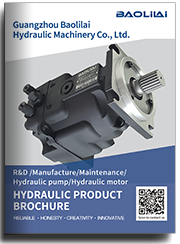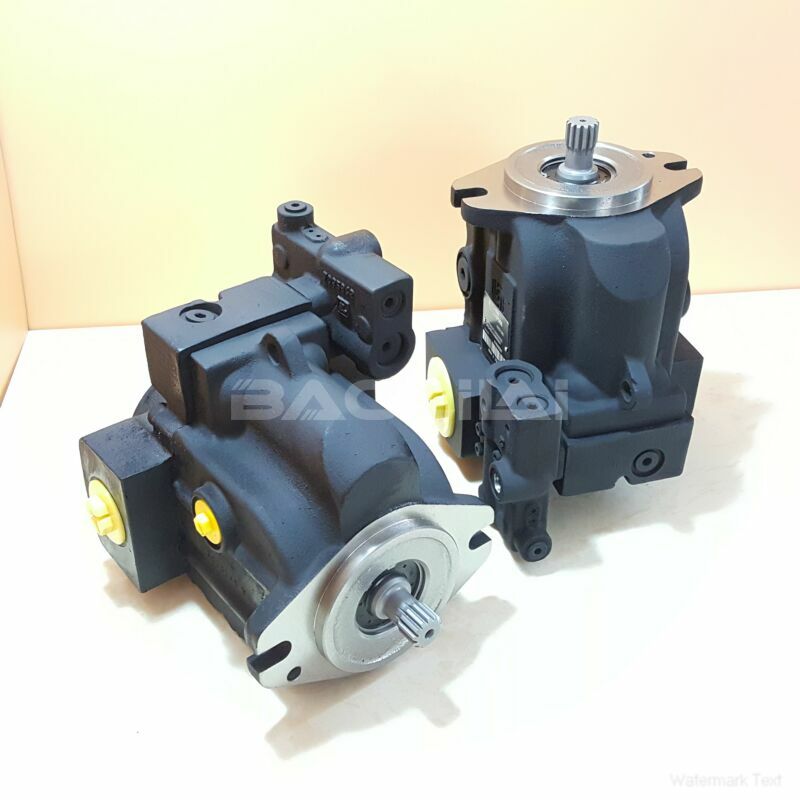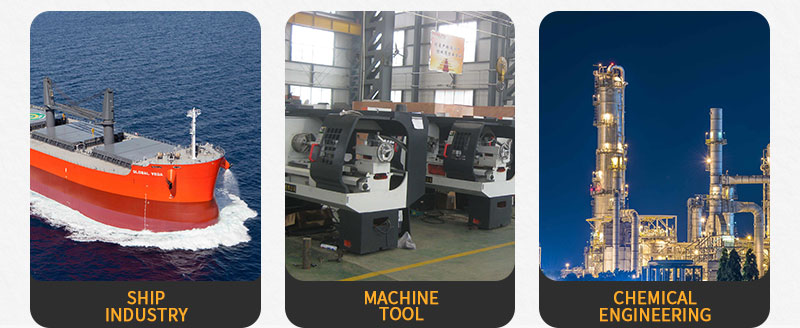LRR025CPC26NNNNN3C2ARA6NPLBNNNNNN high pressure pump
LRR025CPC26NNNNN3C2ARA6NPLBNNNNNN high pressure pump

- Product Details
- Applicable Scene
Flight simulators have become an integral part of pilot training and aircraft design, providing realistic environments for flight operations without the risks associated with real flights. One of the key components that enhances the realism and performance of these simulators is the incorporation of high-pressure pumps. These pumps play a crucial role in simulating various flight conditions, ensuring that trainees experience a comprehensive and realistic training environment.
LR-R-025C-PC-26-NN-NN-N-3-C2AR-A6N-PLB-NNN-NNN
LRR025CPC26NNNNN3C2ARA6NPLBNNNNNN
High-pressure pumps are used primarily in the hydraulic systems of flight simulators. These hydraulic systems replicate the functionality of real aircraft controls, including yoke movements, throttle response, and other critical operational controls. By utilizing high-pressure pumps, flight simulators can create a more intense and varied resistance that pilots would encounter in real-life flying scenarios. This functionality is vital in helping pilots develop muscle memory and improve their overall control and response time during different flight operations.

83029598
One of the main advantages of high-pressure pumps in flight simulators is their ability to simulate extreme conditions that pilots may face during actual flights. For instance, during turbulence or while executing complex maneuvers, the hydraulic system can increase resistance to mimic the physical reactions that occur in an airplane. This realistic feedback allows pilots to understand better how their aircraft would respond to different inputs, ensuring they are well-prepared for real-world situations.
Moreover, high-pressure pumps enhance the survivability of mechanical components within the simulator. By maintaining optimal pressure levels, these pumps ensure that the hydraulic fluid remains effective, reducing wear and tear on other components. In turn, this leads to lower maintenance costs and longer operational lifespans for flight simulators, allowing for a more sustained and reliable training experience.





